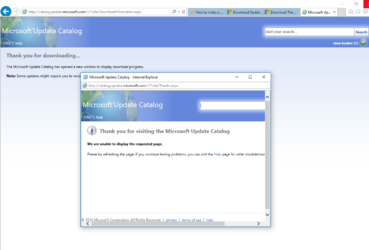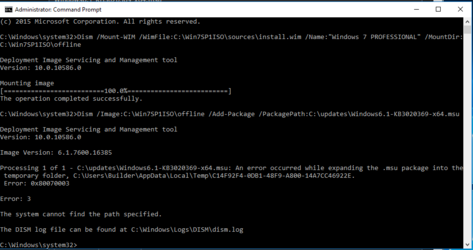It's the convenience roll up itself that a lot of people are having trouble installing. There is great confusion over what are the prerequisites for it.
I can't answer that from a "manual install" point of view. I never got the Convenience Roll Up to work as an executed package on an already running Windows 7 system.
However, I did get the Convenience Roll Up to work with my ".iso".
All I had to do was inject SP1, then the April Service Stacking Update, followed by injecting the Convenience Roll Up.
At that point I was able to install Windows 7 Enterprise 64-bit and it would show ALL 3 of those updates in "Installed Updates". The problem I ran into then was that the updater was still broken. I couldn't pull any updates from the updater and I left one machine trying the entire week I was on vacation with zero results.
If you're trying to install the Convenience Update on a machine you have been upgrading from SP1 or prior, technically the requirements shouldn't be anything other than SP1 and the April Service Stacking Update. I think it is possible that Windows grabs additional updates that aren't required and it messed up the whole process if your computer is connected to the Internet. One of us would have to actually try this method on an install from scratch without trying to query the updater, but I don't really have the time to do that hence finding a solution that loads Windows straight with all or a majority of the updates.
It looks like the most important updates are the ones I listed in the previous post. If you inject those into your .iso you'll find under 1GB of updates left (maybe even less than 500MB, I didn't add it up).
Honestly, I don't even turn my image into an .iso. I just have a bootable flash drive I am able to modify on the fly. I keep a directory called DISM on my C: drive that contains separate folders for the updates, mounted image, and my boot/install.wim. From there I use DISM to mount my install.wim, inject the updates I want, then unmount and copy the modified .wim over to my flash drive. I have not played around too much with drivers, but the plan is to start adding driver packages for the model of laptops we have so I can have people functioning on a fresh install of Windows in the 10 minutes it takes for it to install on an SSD.
No more hours of updates, tracking down drivers, or worries of bugs following over from backed up images that may have failed in the past. Just a quick install and few minutes of setup.
but the May 2016 .iso will still help tremendously at least for most people.
In theory, sure. However, I did not have to update the updater with the Convenience Roll Up and June, July, and August updates installed. I can't attest to how well that update will inject since it is an update that modifies the individual nature of the "Windows updater". I didn't want to play with that. I wanted to see if Windows would be able to handle that process on it's own and it appears once you have June, July, and August updates added the "May" update which is really an update for the version of the updater is not required or necessary. If you manually run the May update you'll see that it goes through an entirely different process than a typical Windows Update. All it does is reset your "Updater" and install a "newer" version of it. I can't find where or what it precisely does so I can't say I trust that update to be helpful. It never once helped in solving the "broken updater" issue.


